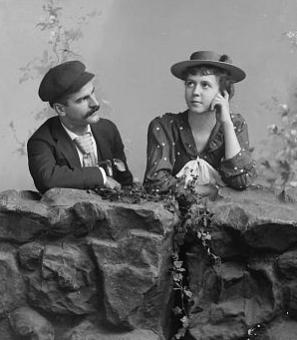The Jewel of U Street Reopens: The Lincoln Theatre
“The reopening of the Lincoln is considered the heart of the revitalization of U Street NW, which was once called “Black Broadway,” the center of African American entertainment and culture in the city. For many last night, it brought back fond memories of a bustling, vital neighborhood.” [1] - The Washington Post, February 5, 1994.
On the evening of February 4, 1994, 1,200 invited guests attended a reopening gala for U Street’s historic Lincoln Theatre. For the first time in over 25 years, the burgundy curtain was rising on the Lincoln’s 38-foot-wide stage, and guests in attendance that night said that entering the restored Lincoln Theatre was like “stepping back in time,” according to The Washington Post: [2]
“Yes, the lights are back on at the historic theatre, and Washington celebrated with a grand reopening night complete with ribbon cutting by Mayor Sharon Pratt Kelly, a surprise appearance by Cab Calloway—who performed at the Lincoln in the 1930s—champagne and a performance of ‘Ain’t Got Long to Stay Here,’ a musical drama honoring the Rev. Martin Luther King Jr.” [3]
Singer Jennifer Holliday, despite arriving an hour late to the festivities, also serenaded the patient crowd with a “soulful ‘Lord’s Prayer’ and a spiritual ‘My Living Shall Not Be in Vain.’”[4] These performers and guests not only brought a long gone spirit back to the Lincoln Theatre, but also to U Street, which was only just beginning to recover from the destruction of the 1968 riots. As a gleeful Mayor Kelly observed, the evening marked a renaissance for the Shaw neighborhood and for the District in general:
“At last we see our history restored and beautified again… We want [tourists] to see more than the Washington Monument. We want them in our community.’” [5]
The Lincoln Theatre, built in 1922 and once home to vaudeville acts, helped establish U Street’s nickname, “Black Broadway,” as some of the greatest musicians of all time—Duke Ellington, Pearl Bailey, Ella Fitzgerald, Louis Armstrong, Sarah Vaughn, and Cab Calloway just to name a few—graced its stage. The Lincoln’s dance hall, known as the Lincoln Colonnade, hosted such guests as President Franklin D. Roosevelt who celebrated multiple birthday parties in its space. Grand concerts and parties took place at the Lincoln well into the 1950s and 1960s. Ironically, desegregation in this time contributed to the theatre’s downfall, as, after decades of exclusion, African Americans were now welcome in downtown D.C. theatres, and had more entertainment options.[6] The Lincoln’s slow decline was expedited by the 1968 riots, which ravaged U Street’s physical buildings and economy. As many residents and business owners fled the neighborhood following the riots, lack of use and attention caused the theatre to fall into disrepair.
In 1983, developer Jeffrey Cohen bought the property and kicked off an arduous, seven-year renovation process to bring the historic theatre back to life. Cohen, who was known for having a close personal relationship with former mayor Marion Barry, created a $250 million development project to help restore areas on and near U Street that had never recovered from the 1968 riots. The initial project included plans “to build more than 1,000 apartments, offices, and stores,” and to restore historic buildings like the Lincoln.[7] In 1991, however, Cohen defaulted on loans for the expensive project and wound up in bankruptcy court, causing all construction projects to cease.[8] Although it was often assumed that Cohen used his connection with Mayor Barry to make money, Cohen claimed that he was given no favors, and that this development project was simply a major gamble.[9]
The end of restorations on the Lincoln came as such a severe disappointment to the neighborhood, that in August 1991, the District government decided to “rescue the historic Lincoln Theatre” and finish the restoration work Cohen had started.[10] This news was met with waves of relief and excitement—especially by Virginia Ali, co-owner of the landmark restaurant, Ben’s Chili Bowl, located directly next to the Lincoln. Ali’s restaurant was one of the only businesses to survive both the 1968 riots and the Metro construction of the 1980s and early ‘90s. She called the Lincoln’s reopening the “key to the renaissance of U Street,” continuing, “The Lincoln is a landmark, and once done, it will bring people to U Street. There aren’t many drawing cards left up here. We need the Lincoln.” Ali, like many residents and business owners of U Street, felt a strong emotional connection to the Lincoln restoration project, which reminded them of the neighborhood’s rich past.[11]
The D.C. Office of Business and Economic Development picked up the restoration work where Cohen’s construction team was forced to stop. Most of the mechanical, electrical, and plumbing work had been started, but “the decorative plaster and ornate chandeliers,” theatre seats, stage curtain, brick exterior, brass railings, and interior still needed to be restored.[12] While work on the structural aspects continued, the intricacies of decorating the interior proved the most challenging.
Designers worked endlessly to reproduce the original, famous wallpaper of the Lincoln.[13] The original gold wallpaper, adorned with flowers and birds, had been put up more than 70 years prior, and was too worn to be saved. In order to create a reproduction, the crew turned to the New Jersey company, Richard E. Tiabaut Inc., “which specialize[d] in historic wallpaper.”[14] The artists at Tiabaut were able to recreate the design with only scraps of the original to use as reference, and in return for its incredible work, the company marketed the pattern as “Lincoln Theatre Wallpaper."[15]
Similar to the wallpaper, the rest of the interior decoration was also a combination of historic elements and reproductions. There was no fabric left from the original seats in the theatre, so the decorators chose a period fabric of “subtle burgundy”—matching the new burgundy satin stage curtain.[16] The lobby of the building, “unlike the seating area, which had been done in warm, sophisticated tones,” had been “painted in blocks of bright turquoise and green and adorned with raised figures of dragons, crossed swords, shields, cupids, and ribbons.”[17] Luci Blackburn, project manager for the Lincoln restoration described the interior as something of a colorful masterpiece.
“So diverse are the colors and the decorative elements inside the theatre—including Victorian, neo-classical and art deco—that there probably will be something to appeal to everyone. We like to call it eclectic. Some people told us there were parts of the theatre that were in just plain bad taste, but we were determined to restore it to the way it looked when it opened.” [18]
Restoration work continued through 1993, and cost the city $9 million.[19] The District saw the Lincoln restoration as a highly worthwhile investment, however, and expected the new theatre to aid in a cultural and economic boom. Assistant City Administrator for Economic Development, George W. Brown, explained that they anticipated that “for every dollar spent at the Lincoln, $3 to $5 [would] be spent in the community as people dine[d] out or stop[ped] somewhere for a drink. It’s the perfect mix of art and economics."[20]
Such predictions proved to be prophetic. Since 1994, the Lincoln has hosted a wide-range of musical, theatrical, and political events which attracted larger crowds to U Street than the area had witnessed in many years. From the time the theatre reopened, however, it was forced to rely on funding from the District government, which was cut in 2011. Following a 2012 search for a new operating group, the Lincoln was taken over by I.M.P. in 2013—the same company that owns the famous 9:30 Club.[21]
Footnotes
- ^ Roberts, Roxanne. 1994. “The New Jewel Of U Street: Lincoln Theatre’s Gala Return.” The Washington Post (1974-Current File); Washington, D.C., February 5, 1994. https://search-proquest-com.library.access.arlingtonva.us/hnpwashington….
- ^ Ibid.
- ^ Ibid.
- ^ Cooper, Jeanne. 1994. “Theater: A Musical Not Fit For King.” The Washington Post (1974-Current File); Washington, D.C., February 5, 1994. https://search-proquest-com.library.access.arlingtonva.us/hnpwashington….
- ^ Roberts, Roxanne. 1994. “The New Jewel Of U Street: Lincoln Theatre’s Gala Return.” The Washington Post (1974-Current File); Washington, D.C., February 5, 1994. https://search-proquest-com.library.access.arlingtonva.us/hnpwashington….
- ^ Ibid.
- ^ Abramowitz, Michael. 1991. “SHAW DEVELOPER COHEN FILES FOR BANKRUPTCY.” Washington Post, March 28, 1991. https://www.washingtonpost.com/archive/local/1991/03/28/shaw-developer-….
- ^ Writer, Linda Wheeler Washington Post Staff. 1991. “D.C. to Finish Lincoln Theatre Restoration.” The Washington Post (1974-Current File); Washington, D.C., August 15, 1991, sec. Metro. https://search-proquest-com.library.access.arlingtonva.us/hnpwashington….
- ^ Dedman, Bill. 1989. “DEVELOPER COHEN PLAYS FOR HIGH STAKES WITH 2 D.C. PROJECTS.” Washington Post, March 12, 1989. https://www.washingtonpost.com/archive/local/1989/03/12/developer-cohen….
- ^ Writer, Linda Wheeler Washington Post Staff. 1991. “D.C. to Finish Lincoln Theatre Restoration.” The Washington Post (1974-Current File); Washington, D.C., August 15, 1991, sec. Metro. https://search-proquest-com.library.access.arlingtonva.us/hnpwashington….
- ^ Ibid.
- ^ Ibid.
- ^ Wheeler, Linda. “Reopening Night in Sight: Restoration of Historic Lincoln Theatre Is Nearing Completion.” The Washington Post (1974-Current File); Washington, D.C. July 29, 1993, sec. District Weekly.
- ^ Ibid.
- ^ Ibid.
- ^ Ibid.
- ^ Ibid.
- ^ Ibid.
- ^ Ibid.
- ^ Ibid.
- ^ Freed, Benjamin R. “District Awards Lincoln Theatre Contract to 9:30 Club Owners.” DCist. Accessed May 31, 2018. http://dcist.com/2013/06/district_awards_lincoln_theatre_con.php.


![“The restored Lincoln Theatre, once a premier African-American entertainment venue, Washington, D.C.” (Photo Source: The Library of Congress) Highsmith, Carol M, photographer. The restored Lincoln Theatre, once a premier African-American entertainment venue, Washington, D.C. United States Washington D.C, None. [Between 1980 and 2006] Photograph. https://www.loc.gov/item/2011636050/. “The restored Lincoln Theatre, once a premier African-American entertainment venue, Washington, D.C.” (Photo Source: The Library of Congress) Highsmith, Carol M, photographer. The restored Lincoln Theatre, once a premier African-American entertainment venue, Washington, D.C. United States Washington D.C, None. [Between 1980 and 2006] Photograph. https://www.loc.gov/item/2011636050/.](/sites/default/files/styles/embed_full_width/public/17856v.jpg?itok=kvFqkrD4)
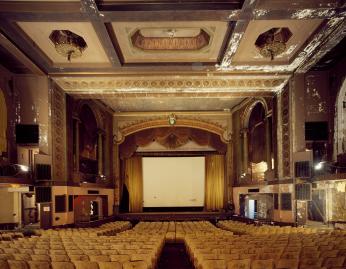
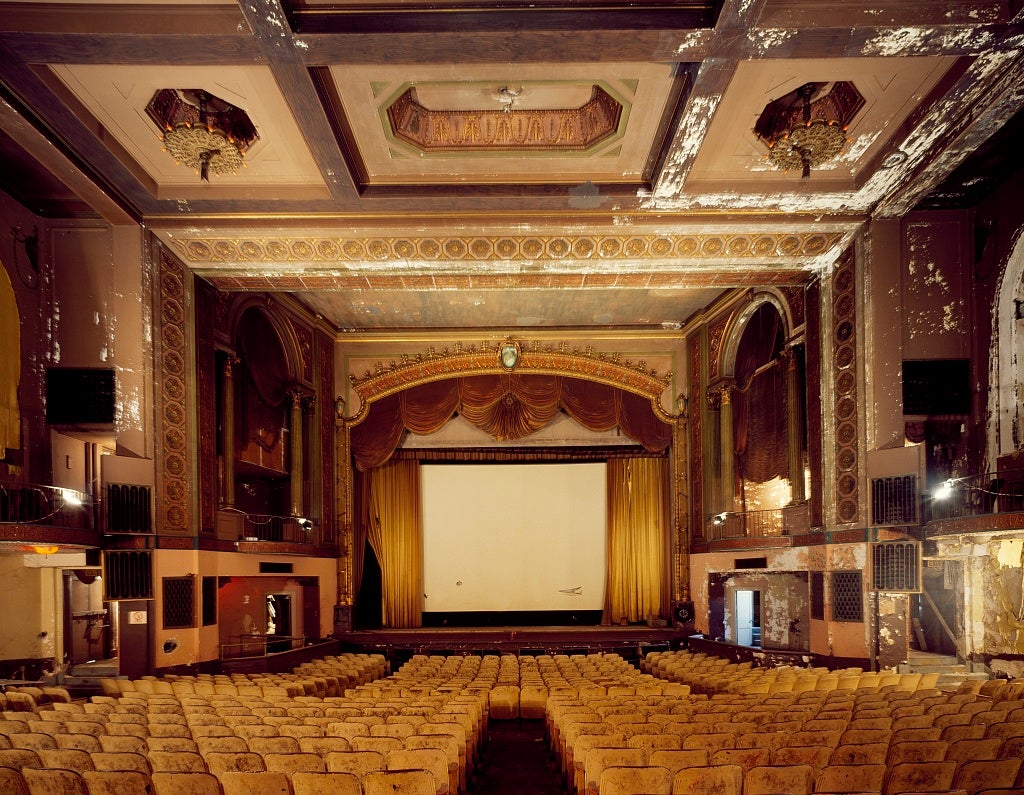
![“Stairway at the restored Lincoln Theatre” (Photo Source: The Library of Congress) Highsmith, Carol M, photographer. Stairway at the restored Lincoln Theatre, Washington, D.C. United States Washington D.C, None. [Between 1980 and 2006] Photograph. https://www.loc.gov/item/2011636444/. “Stairway at the restored Lincoln Theatre” (Photo Source: The Library of Congress) Highsmith, Carol M, photographer. Stairway at the restored Lincoln Theatre, Washington, D.C. United States Washington D.C, None. [Between 1980 and 2006] Photograph. https://www.loc.gov/item/2011636444/.](/sites/default/files/styles/embed/public/18250v.jpg?itok=GA9SGBwB)
![“Stairway at the restored Lincoln Theatre” (Photo Source: The Library of Congress) Highsmith, Carol M, photographer. Stairway at the restored Lincoln Theatre, Washington, D.C. United States Washington D.C, None. [Between 1980 and 2006] Photograph. https://www.loc.gov/item/2011636444/. “Stairway at the restored Lincoln Theatre” (Photo Source: The Library of Congress) Highsmith, Carol M, photographer. Stairway at the restored Lincoln Theatre, Washington, D.C. United States Washington D.C, None. [Between 1980 and 2006] Photograph. https://www.loc.gov/item/2011636444/.](/sites/default/files/18250v.jpg)
![Ben's Chili Bowl, 1980 (Photo Source: Library of Congress) Highsmith, Carol M, photographer. Ben's Chili Bowl, Washington, D.C. United States Washington D.C, None. [Between 1980 and 2006] Photograph. Retrieved from the Library of Congress, https://www.loc.gov/item/2011635251/. (Accessed December 04, 2017.) Ben's Chili Bowl, 1980 (Photo Source: Library of Congress) Highsmith, Carol M, photographer. Ben's Chili Bowl, Washington, D.C. United States Washington D.C, None. [Between 1980 and 2006] Photograph. Retrieved from the Library of Congress, https://www.loc.gov/item/2011635251/. (Accessed December 04, 2017.)](/sites/default/files/styles/crop_320x320/public/17058v.jpg?itok=egZM-IR9)
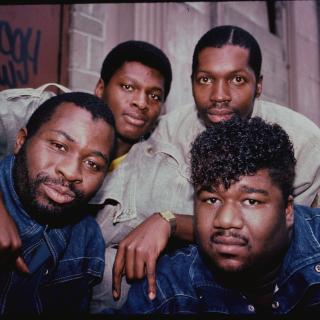
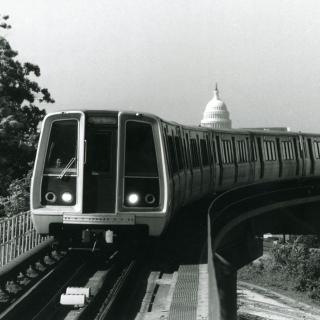
![Sketch of the mythical fuan by Pearson Scott Foresman. [Source: Wikipedia]](/sites/default/files/styles/crop_320x320/public/2023-10/Goatman_Wikipedia_Faun_2_%28PSF%29.png?h=64a074ff&itok=C9Qh-PE1)











